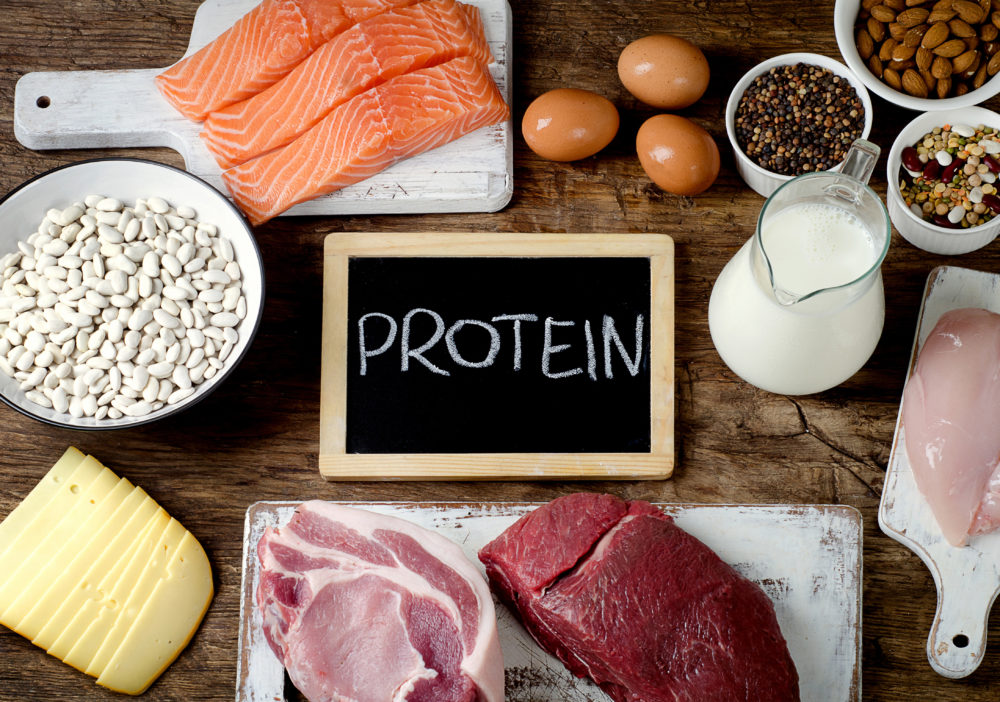Protein is an essential macronutrient that must be derived from diet. Important to structural and metabolic pathways, it’s crucial to meet minimum daily requirements. Fortunately, this is attainable even if you follow a vegetarian or vegan approach to Keyto.
One goal of the ketogenic diet is to derive around 20% of your calories from protein. And while individual protein needs vary, a range of 70-110 grams of protein per day is adequate for most people. This may seem like a lot, but those who eat meat, dairy, and eggs are likely already exceeding this range. Eating too much protein is one of the main reasons why people are not able to get into ketosis.
Excessive dietary protein may negatively affect ketosis because protein can be converted into glucose. This process, called gluconeogenesis, is commonly encountered by Keyto users who find it difficult to achieve higher Keyto Levels.
Let’s take a look at some sample meal plans containing 90 grams of protein. We’ll also show you the recommended serving sizes for common protein sources. Note the vegetarian option presented in example 2.
Remember to use the Keyto food search if you need help finding protein-rich foods and recipes.

Examples of a day’s worth of protein (~90 grams)
Example 1
- Breakfast
- 2 large fried eggs (13 g)
- 2 pieces of smoked salmon (8 g)
- Lunch – salad topped with:
- 2 oz chicken breast (18 g)
- 1/4 cup shredded cheddar cheese (6 g)
- Dinner
- 4 oz grilled salmon (25 g)
- Snack
- 1/4 cup almonds (7 g)
- 2 oz sliced cheddar cheese (14 g)
Example 2 (Vegetarian)
- Snack
- Handful of almonds (10 g)
- Hard-boiled egg (7 g)
- Lunch
- Tofu stir fry (33 g)
- Dinner
- Meatless vegetarian sausage (25 g)
- 2 cups of steamed broccoli (7 g)
- Snack
- Caramel Nut Atkins Bar (7 g)
Protein Portion Sizes
The images below are an way to measure portion sizes. Use them as a guide for choosing how much to eat, which is especially important for higher calorie foods like nuts and cheese.





